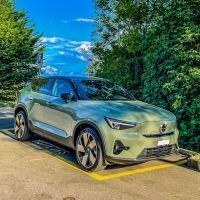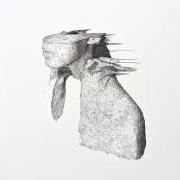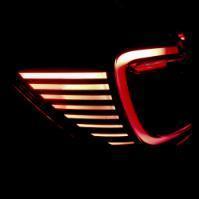Audi SQ7 TDI 2016
Quanto ti piace l'Audi SQ7 TDI 2016?
30 voti
-
1. Quanto ti piace l'Audi SQ7 TDI 2016?
-
Molto2
-
Abbastanza3
-
Poco13
-
Per niente12
-
- Si prega di accedere o registrarsi per votare a questo sondaggio.
-
Contenuti simili
-
- 31 risposte
- 13050 visite
-
I prossimi modelli AUDI 1 2 3 4
Pubblicato da josef,
- i prossimi modelli
- i prossimi modelli audi
- (e 2 altri in più)
- 38 risposte
- 9526 visite
-
- 47 risposte
- 8768 visite
-
-
-














.thumb.jpg.d20c5008a881490f9c7f843d442a34f8.jpg)


.thumb.jpg.902d2a4f20a129e92b6f6920407b81bd.jpg)






Messaggi Raccomandati:
Crea un account o accedi per lasciare un commento
Devi essere iscritto per commentare e visualizzare le sezioni protette!
Crea un account
Iscriviti nella nostra community. È facile!
Registra un nuovo accountAccedi
Sei già registrato? Accedi qui.
Accedi Ora